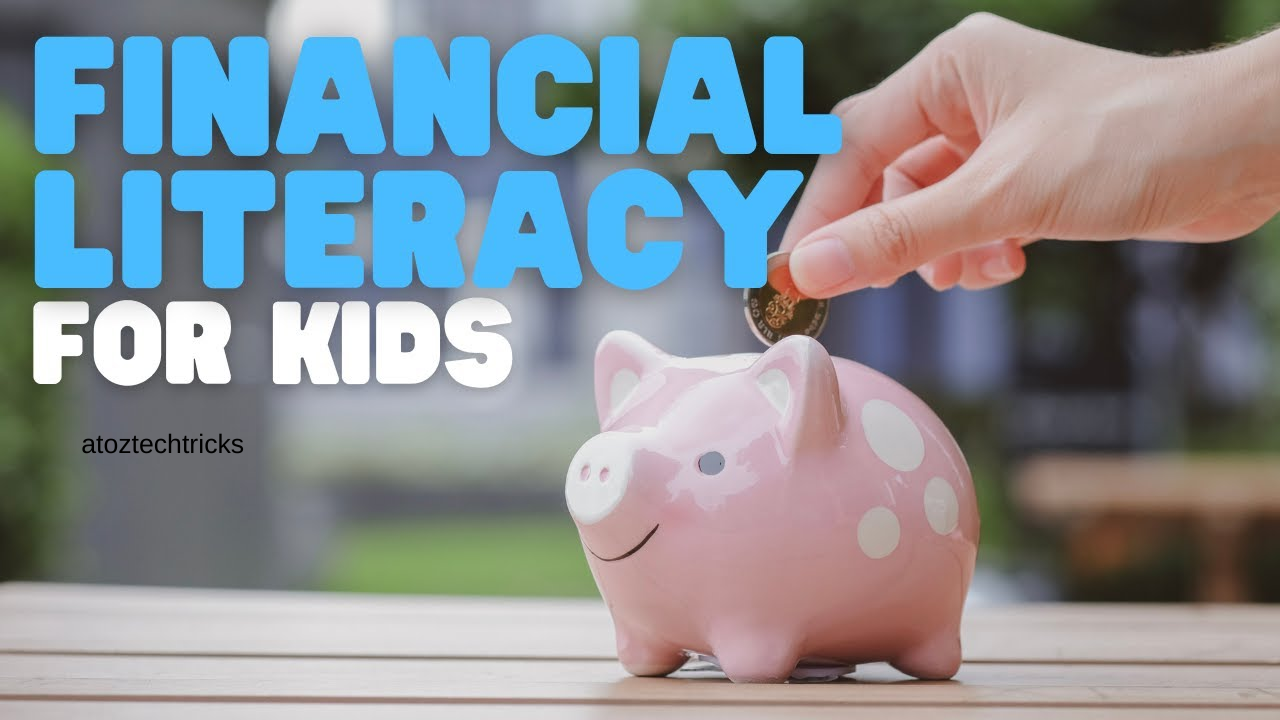Types of College Savings Plans: A Comprehensive Guide
Planning for higher education expenses is a crucial part of financial planning for families. With the cost of college continuing to rise, having a well-thought-out savings strategy can make a significant difference in managing these expenses. College savings plans come in various forms, each with its unique features and benefits. In this guide, we will explore the different types of college savings plans, helping you determine which one might be the best fit for your family’s needs.
1. 529 College Savings Plans
1.1 What is a 529 College Savings Plan?
A 529 College Savings Plan is a tax-advantaged savings account specifically designed to encourage saving for future college costs. Named after Section 529 of the Internal Revenue Code, these plans offer several benefits, including tax-free withdrawals for qualified education expenses and potential state tax deductions.
Estimating College Costs: A Comprehensive Guide for Future Students and Their Families
1.2 Types of 529 Plans
There are two main types of 529 plans:
1.2.1 529 Savings Plans
These operate similarly to investment accounts, where contributions are invested in a range of mutual funds or other investment vehicles. The account’s value depends on the performance of these investments. Key features include:
- Tax Benefits: Earnings grow tax-free, and withdrawals for qualified education expenses are also tax-free.
- Flexibility: Funds can be used at any eligible educational institution, including out-of-state and international schools.
- High Contribution Limits: Contribution limits are quite high, often exceeding $300,000 per beneficiary.
1.2.2 529 Prepaid Tuition Plans
Prepaid tuition plans allow you to purchase tuition credits at today’s rates for future use. These plans are often offered by state governments and can be a good way to lock in current tuition rates. Key features include:
- Lock-In Current Rates: Prepaying tuition allows you to avoid future increases in tuition costs.
- Limited Use: Funds are typically restricted to tuition and mandatory fees at participating institutions.
- State-Specific: Prepaid plans may be limited to in-state institutions or may have other restrictions.
1.3 Pros and Cons of 529 Plans
Pros:
- Tax Advantages: Both savings and earnings grow tax-free if used for qualified expenses.
- Flexibility: Broad range of eligible expenses and educational institutions.
- High Contribution Limits: Allows for substantial savings.
Cons:
- Investment Risk: 529 Savings Plans are subject to market risk, meaning the account value can fluctuate.
- Limited Use of Funds: Prepaid Tuition Plans may restrict usage to certain types of institutions or in-state schools.

2. Coverdell Education Savings Accounts (ESAs)
2.1 What is a Coverdell ESA?
A Coverdell Education Savings Account (ESA) is another tax-advantaged savings plan designed for education expenses. Unlike 529 plans, Coverdell ESAs have a broader range of qualifying educational expenses and can be used for elementary and secondary education as well as college.
2.2 Key Features of Coverdell ESAs
- Contribution Limits: The annual contribution limit is $2,000 per beneficiary.
- Tax Benefits: Contributions are not tax-deductible, but earnings and withdrawals for qualified education expenses are tax-free.
- Qualified Expenses: Covers a wide range of education-related expenses, including tuition, books, supplies, and even some room and board costs.
2.3 Pros and Cons of Coverdell ESAs
Pros:
- Wide Range of Eligible Expenses: Includes elementary, secondary, and college expenses.
- Tax-Free Growth and Withdrawals: Earnings grow tax-free if used for qualified expenses.
Cons:
- Low Contribution Limits: The annual contribution limit is relatively low compared to 529 plans.
- Income Restrictions: Eligibility to contribute phases out for higher-income earners.
3. Custodial Accounts (UGMA/UTMA)
3.1 What are Custodial Accounts?
Custodial Accounts, including Uniform Gifts to Minors Act (UGMA) and Uniform Transfers to Minors Act (UTMA) accounts, are investment accounts that allow you to save and invest on behalf of a minor. These accounts can be used for various purposes, including educational expenses.
3.2 Key Features of Custodial Accounts
- Flexibility: Funds can be used for any purpose that benefits the minor, not just educational expenses.
- Ownership: Once the minor reaches the age of majority (usually 18 or 21, depending on the state), they gain control of the account.
3.3 Pros and Cons of Custodial Accounts
Pros:
- Flexibility: No restrictions on how funds are used, provided it benefits the minor.
- Simple Setup: Easier to establish compared to other education savings accounts.
Cons:
- Lack of Tax Advantages: No specific tax benefits for education expenses.
- Control Transfer: The minor gains control of the account at a young age, which might not align with the original intent.
4. Education Savings Bonds
4.1 What are Education Savings Bonds?
Education Savings Bonds are a type of U.S. savings bond specifically designed to help save for educational expenses. The most common type is the Series EE Savings Bond.
4.2 Key Features of Education Savings Bonds
- Tax Benefits: Interest earned is tax-free if used for qualified educational expenses.
- Purchase Limits: There are limits on the amount you can purchase each year.
4.3 Pros and Cons of Education Savings Bonds
Pros:
- Tax-Free Interest: Interest is tax-free when used for qualifying education expenses.
- Safety: Backed by the U.S. government, making them a low-risk investment.
Cons:
- Purchase Limits: Limited annual purchase amounts.
- Lower Returns: Generally offer lower returns compared to other investments.

5. Roth IRAs
5.1 Using Roth IRAs for Education Savings
While Roth IRAs are primarily intended for retirement savings, they can also be used to fund education expenses. Contributions to a Roth IRA are made with after-tax dollars, and withdrawals of contributions are tax-free.
5.2 Key Features of Roth IRAs for Education
- Tax-Free Withdrawals: Contributions can be withdrawn at any time without taxes or penalties. Earnings can also be withdrawn tax-free for qualified education expenses if the account has been open for at least five years.
- Flexible Use: Funds can be used for any purpose, not just education.
5.3 Pros and Cons of Using Roth IRAs for Education
Pros:
- Tax-Free Withdrawals: Earnings can be withdrawn tax-free for qualified expenses after five years.
- Retirement Flexibility: If not used for education, the funds can still be used for retirement.
Cons:
- Contribution Limits: Annual contribution limits are lower than those for 529 plans or Coverdell ESAs.
- Income Restrictions: Eligibility to contribute phases out at higher income levels.
6. Employer Education Assistance Programs
6.1 What are Employer Education Assistance Programs?
Some employers offer education assistance programs as part of their benefits package. These programs can help employees save for college by providing tuition reimbursement or direct contributions to education savings plans.
6.2 Key Features of Employer Education Assistance Programs
- Tuition Reimbursement: Employers may reimburse employees for educational expenses, often up to a certain limit.
- Direct Contributions: Some employers offer direct contributions to 529 plans or other education savings accounts.
6.3 Pros and Cons of Employer Education Assistance Programs
Pros:
- Employer Contributions: Provides additional funds for education savings.
- Tax Benefits: Some reimbursement programs are tax-free up to a certain amount.
Cons:
- Eligibility Requirements: This may require employees to meet certain criteria or stay with the company for a specified period.
- Limitations: Reimbursement amounts may be capped, and not all employers offer these programs.
7. Comparison of College Savings Plans
7.1 Contribution Limits and Tax Benefits
- 529 Plans: High contribution limits, tax-free growth, and withdrawals.
- Coverdell ESAs: Lower contribution limits, but tax-free growth and withdrawals for a broader range of expenses.
- Custodial Accounts: No specific tax advantages, flexible use.
- Education Savings Bonds: Tax-free interest for qualified expenses, but lower returns.
- Roth IRAs: Tax-free withdrawals for education after five years, flexible use.
7.2 Investment Options and Flexibility
- 529 Plans: Investment options vary by plan, with potential market risk for savings plans.
- Coverdell ESAs: A broader range of eligible expenses, but investment options are less flexible.
- Custodial Accounts: Flexible use but lack of tax advantages.
- Education Savings Bonds: Low-risk but lower returns.
- Roth IRAs: Flexible investments but lower annual contribution limits.
Choosing the right college savings plan depends on various factors, including your financial goals, tax considerations, and the specific needs of your child’s education. Each type of savings plan has its unique features and benefits, making it essential to evaluate which one aligns best with your financial situation and educational objectives.
By understanding the different options available, you can make informed decisions and create a robust strategy to ensure that you’re well-prepared for the rising costs of higher education. Whether you opt for a 529 Plan, Coverdell ESA, Custodial Account, or any other savings vehicle, starting early and consistently contributing to your chosen plan can significantly impact your ability to cover college expenses and help your child achieve their educational goals.





Post Comment